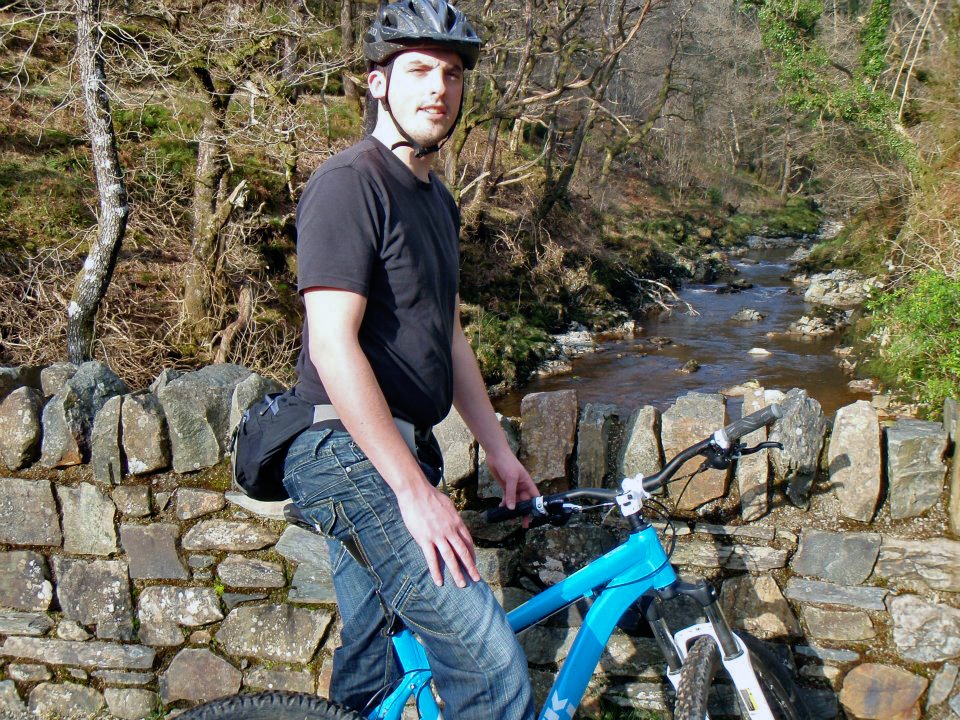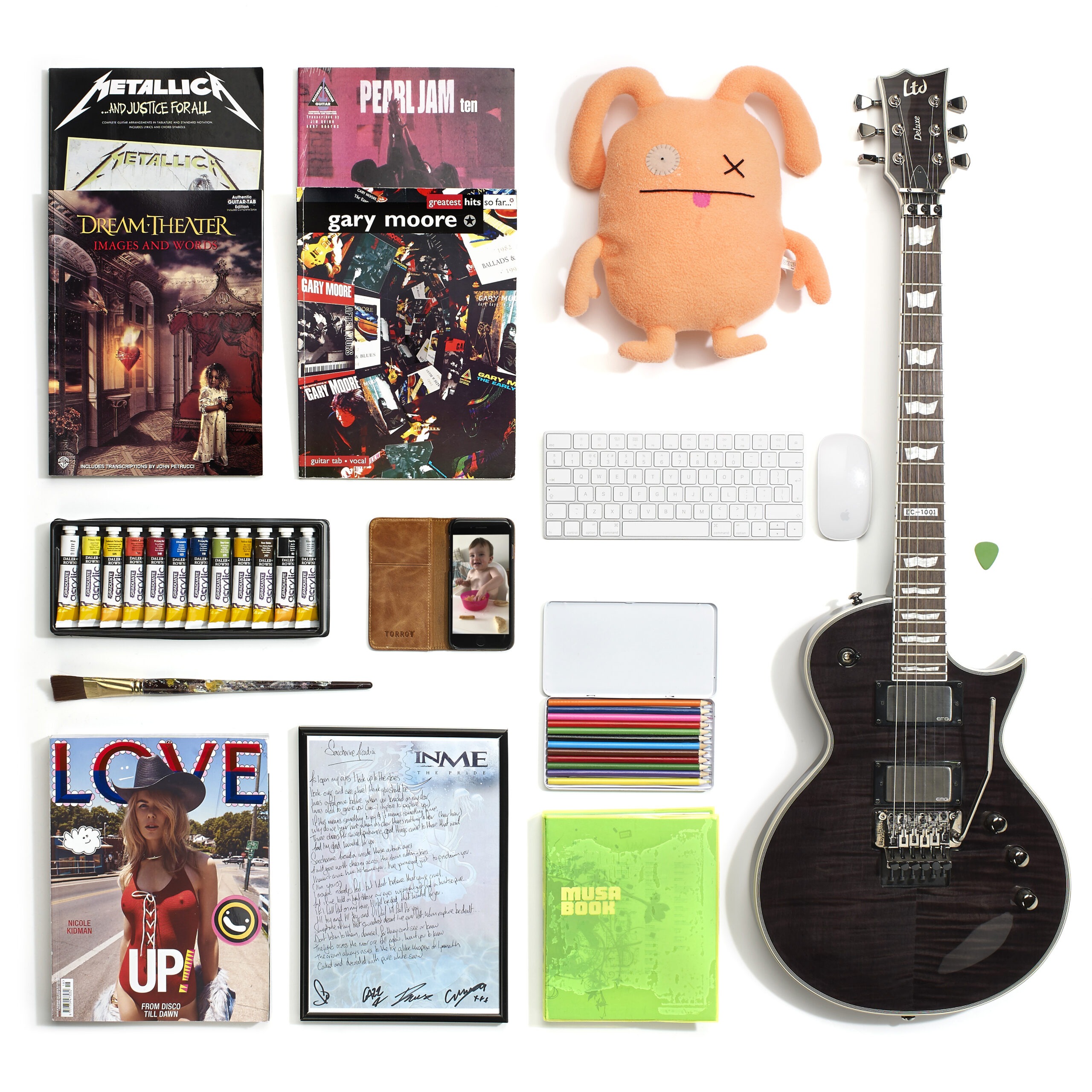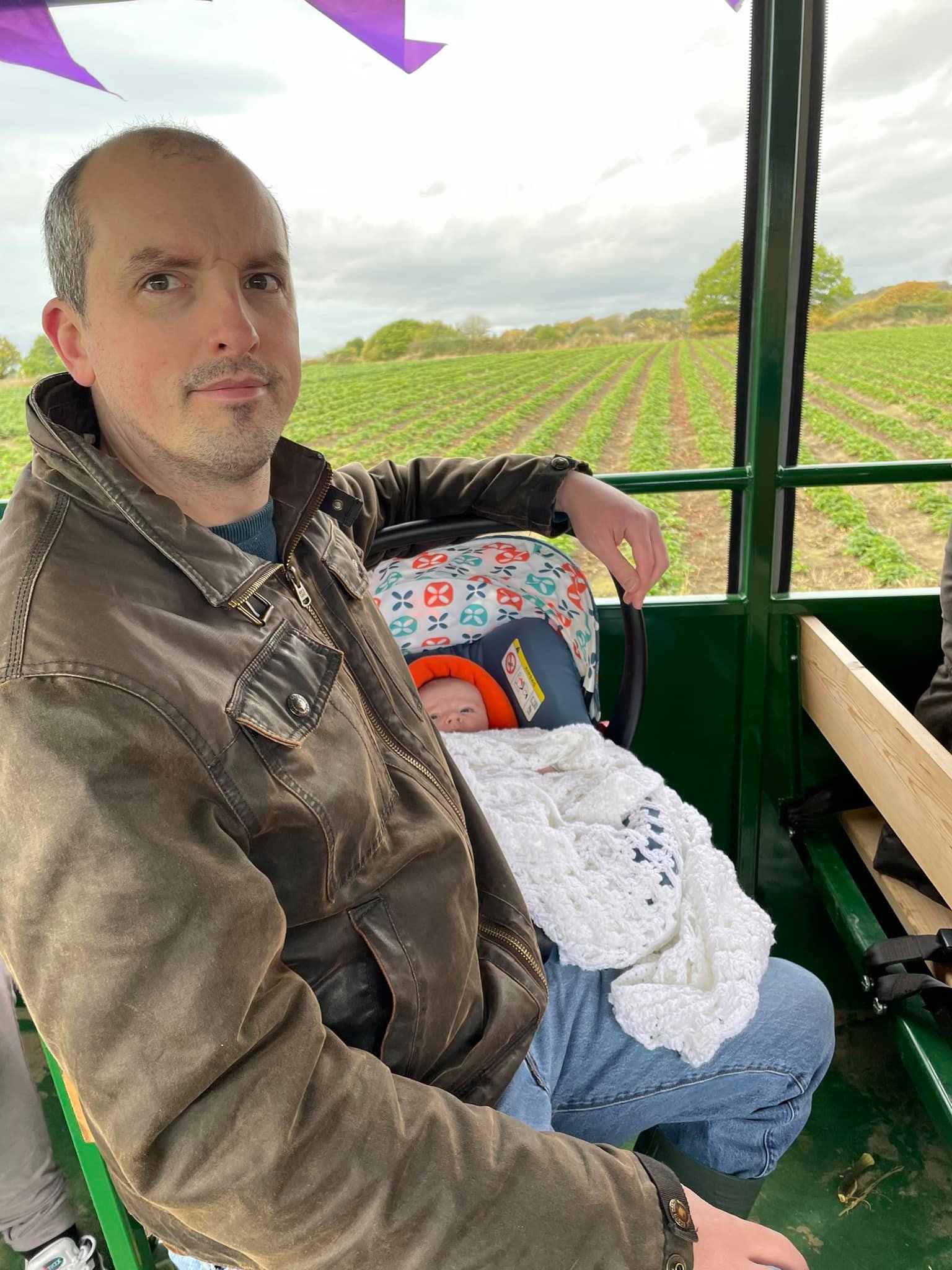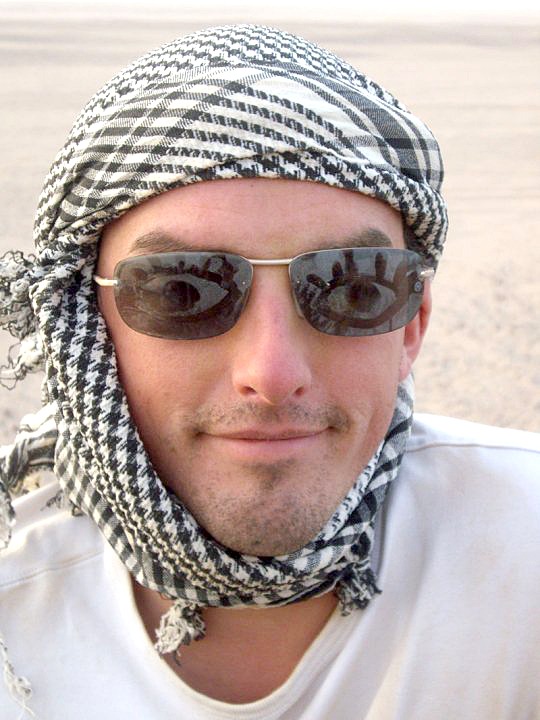It was a natural progression for me really. I’ve always been passionate about art, design, music and film from a young age. What drew me to the creative sector was a need to incorporate some kind of artistic expression into my working life. I want to work in a field that values innovation, experimentation and creative thinking. My first design role after completing my graphic design degree was working in a college. It was straight in at the deep end working on my own to produce their prospectus and set up their website. I found this both challenging and rewarding – and I knew then that this would be a job I would enjoy. It never gets boring. There’s a fresh challenge or something new to learn every day.
Working in the creative sector requires a unique set of skills and qualities (not in a
Taken / Liam Neeson sort of way though). For a start, you’ve got to be able to come up with original and innovative ideas to solve problems. You’ll need to be able to adapt to new trends, technologies and client needs – as well as being open to their ideas and perspectives. Then you’ll need a sharp eye for detail for accurate, effective, and visually appealing design work – and the communication skills to collaborate with colleagues and present your solutions to the client. Projects in the creative sector often come with tight deadlines, so you’ll need to manage your time efficiently and effectively too. There’s a lot to it! Overall, I think a successful creative professional must have a particular combination of technical skills, personal qualities – and above all, a passion for their work.
Balancing others' expectations and requests with your own vision and ideas requires effective communication and collaboration. You should start by actively listening to the client/brief and understanding their needs and goals. Then, come up with solutions that meet those needs while also aligning with your own vision and ideas. It's important to be open-minded and willing to compromise while still staying true to your own design principles. All the
designers at Spiral work directly with the client. Regular communication and feedback throughout the process ensures everyone is on the same page and that the final product meets or exceeds expectations. Ultimately, the goal is to create a design that not only meets the client's needs but also brings your own creativity and vision.
Staying up-to-date with changes in the design industry is really valuable. In doing so, you’ll ensure you’re creating relevant and effective work that meets clients' needs and hopefully goes beyond their expectations. There’s loads of tutorials, opinions and discussions online that you can tap into. This resource helps me to learn continuously by staying current with new design tools, software and design thinking. Following influential designers and creatives on social media is a great idea too. By subscribing to their blogs/social feeds, you can gain valuable insights into emerging trends and techniques. Really, it's all part of viewing as much creative work as possible. You’ll find you can’t help but soak up the ideas and creativity you see – and I find it just naturally finds its way into influencing my own work.
Typography plays a crucial role in effective design as it helps to convey message as well as tone. The right typography can enhance the readability and legibility of the text, making it easier to understand and engage with. It can also create a visual hierarchy that guides the viewer's eye to important information. Typography can form a key aspect of a brand’s identity by creating a unique and recognisable look and feel. When selecting a typeface, you should consider the intended message, audience and tone of the design. Avoid using too many different typefaces or styles, as this can create visual clutter and confusion. Ensure your typefaces complement each other. I tend to avoid using trendy or overly decorative typefaces that may be difficult to read or distract from the overall design and/or message. Your focus should be on selecting typefaces that are legible and easy to read. It’s a good idea to think about how the typeface works at different sizes too. You obviously want it to look good – but you’ll also want it to be functional and legible in various contexts.
On one hand, creativity is what makes a design stand out and capture attention. On the other hand, a design often needs to be functional and usable to serve its purpose. The key is to use creativity in a way that enhances functionality rather than detracting from it – and you should always keep the end-user in mind.
It’s important to prioritise tasks based on their urgency and importance. You should establish clear deadlines for each project, and create a schedule to help you manage your time effectively. Clear communication is essential to keep clients and colleagues informed of progress. It’s also helpful to break down larger projects into smaller, manageable tasks and set achievable milestones. To avoid distractions and stay focused, you can block out time to concentrate on a specific task in advance – and then plan around that.
I don’t get annoyed by much, but people not indicating really frustrates me! It’s just basic consideration for other road users. Move your hand a few centimetres – the lever’s right there ...aaarrrggghhh! …and calm.
I lived in Egypt for over a year. It was really good to step out of my comfort zone for a while and experience a different way of living. There were so many different nationalities in the area I was staying in; it brought a new perspective and understanding about how other people live and interact from other countries. It was such a rewarding experience, full of interesting and new things to do. Diving in the
Red Sea; quad-biking through the desert. A particularly memorable highlight was being in the desert during the night and seeing just how many stars you can see when the sky isn’t affected by light pollution. Pretty amazing!
“Don’t believe everything you hear.” I think it’s a great piece of advice that keeps you open-minded and lets you form your own opinions. It’s either that or “Do, or do not. There is no try.” – thanks to
Yoda for that one.



